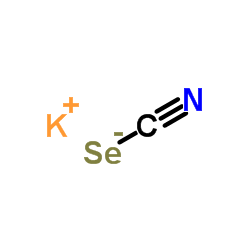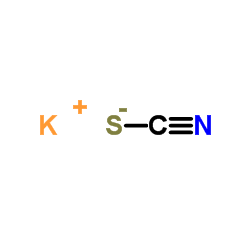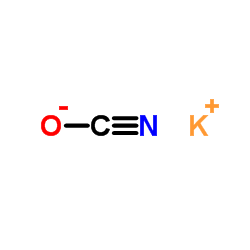| Structure | Name/CAS No. | Articles |
|---|---|---|
 |
Potassium selenocyanate
CAS:3425-46-5 |
|
 |
Potassium thiocyanate
CAS:333-20-0 |
|
 |
Potassium cyanate
CAS:590-28-3 |
|
 |
potassium,azanylidynemethanolate
CAS:62481-07-6 |